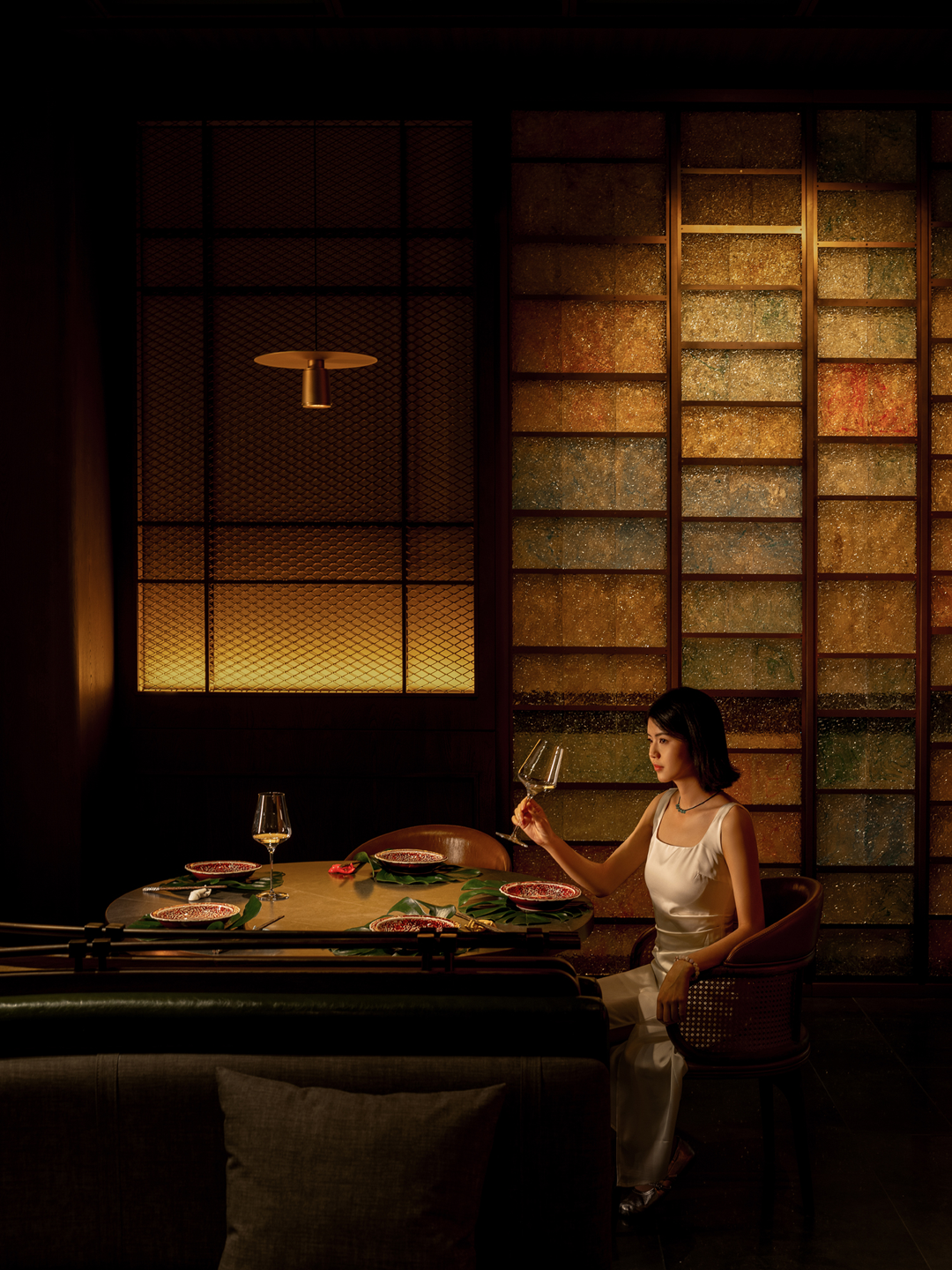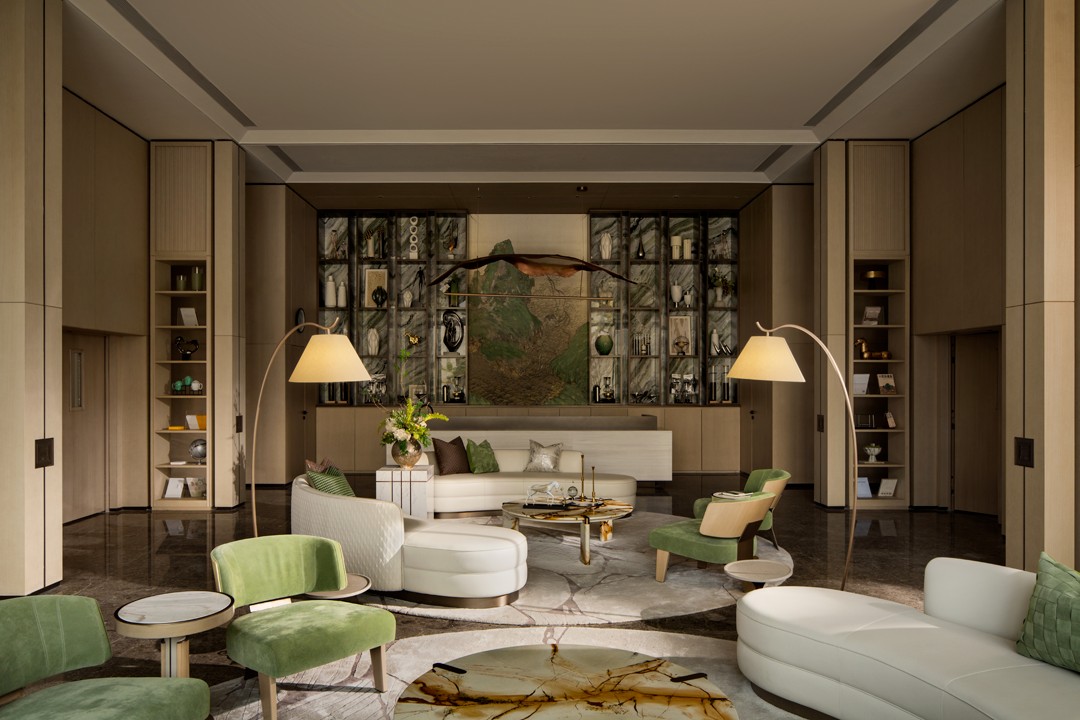Ecosanctuary Welcome Shelter: Floating Roof Over the Wooden Boxes
2017-08-10 12:12
Architects: Paterson Architecture Collective / Sarosh Mulla Design Project: Ecosanctuary Welcome Shelter Location: Gisborne, New Zealand Area: 150.0 sqm Photography: Simon Devitt
建筑师:Paterson建筑集体/Sarosh Mulla设计项目:生态保护区欢迎庇护所地点:新西兰吉斯伯恩:150.0平方米摄影:SimonDevitt
The Longbush Ecosanctuary Welcome Shelter is an innovative environmental education space designed, constructed and operated by a group of passionate volunteers, with the support of local businesses and charitable organisations.
朗布什生态保护区欢迎庇护所是一个创新的环境教育空间,由一群热情的志愿者在当地企业和慈善组织的支持下设计、建造和运营。
Access to the Welcome Shelter is free of charge for all visitors and the project aims to promote active stewardship of our natural environment both in conservation areas and in our cities.
所有游客都可以免费进入欢迎庇护所,该项目旨在促进积极管理自然保护区和城市的自然环境。
The project was generated and designed by the award winning P-A-C designer Sarosh Mulla. Mr Mulla’s current doctoral research focuses on creating innovative forms of architecture for the New Zealand tourism industry, while continuing to promote the role of the architect as a leader within communities.
该项目是由获奖的P-A-C设计师Sarosh Mulla创作和设计的.穆拉先生目前的博士研究重点是为新西兰旅游业创造创新的建筑形式,同时继续促进建筑师作为社区领袖的作用。
Mulla has led a team of 88 volunteers in the construction of the space that provides facilities for visiting school groups, ecologists and tourists. The design of the structure draws on the framing techniques of the Picturesque, but applies these through contemporary forms, which promote active engagement with the environment. Rather than simply viewing the landscape, visitors are encouraged to take part in the environmental restoration occurring at the ecosanctuary through the programs offered at the Welcome Shelter.
穆拉领导了一个由88名志愿者组成的团队,建造了一个为参观学校团体、生态学家和游客提供设施的空间。该结构的设计借鉴了风景如画的框架技术,但通过当代形式加以运用,促进了对环境的积极参与。与其简单地观赏景观,还鼓励游客通过欢迎庇护所提供的方案参与生态保护区的环境恢复工作。
A large steel and fabric canopy provides shelter from the sun and rain for an outdoor classroom created on the hillside. Below the roof the form of this classroom is defined by the position of three timber enclosures and small retained gardens. The design plays with the connotations of natural and synthetic materials in the setting of the recovering environment.
一个巨大的钢和织物天篷提供了遮挡阳光和雨水的室外教室在山坡上创建。在屋顶下,这个教室的形式是由三个木材围护和小保留花园的位置来定义的。该设计在回收环境的设置中发挥了天然材料和合成材料的内涵。
Each timber enclosure provides a different service, including the storage of teaching material, ablution facilities and an office for the site ecologist. This office opens up to the exterior with a large drawbridge to create a level platform on teaching and demonstration days. Another enclosure includes a roof deck from which a stunning view of the valley can be appreciated. This deck is accessed via a traditionally made greenwood ladder made from a Manuka tree harvested from the building site.
每个木材围栏提供不同的服务,包括教学材料的储存、沐浴设施和现场生态学家办公室。这间办公室以一座大吊桥向外开放,在教学和示范日创造了一个水平平台。另一个外壳包括屋顶甲板,从中可以欣赏到山谷令人叹为观止的景色。这个甲板是通过一个传统的绿木梯子从建筑工地收获的一棵马努卡树制成的。
Constructed from materials donated by 88 sponsors, the Welcome Shelter utilizes very simple construction techniques. The approach adopted aims to produce the maximum environmental program, through minimal architectural resources.
由88名赞助者捐赠的材料建造的欢迎庇护所使用了非常简单的建筑技术。采用的方法旨在通过最少的建筑资源产生最大的环境方案。
The Welcome Shelter is a gateway for visitors to this special environment, which includes several critically endangered native species. The ecosanctuary is approximately 120 hectares and over the past 15 years has been the rapidly restored through the efforts of Jeremy and Dame Anne Salmond. With the removal of invasive pests and weeds, alongside the planting of hundreds of thousands of native trees, the diverse ecology at Longbush is beginning to thrive again.
欢迎庇护所是游客进入这一特殊环境的门户,其中包括几个濒临绝种的本地物种。生态保护区约120公顷,在过去15年里,通过杰里米和安妮·萨尔蒙德夫人的努力迅速恢复了生态保护区。随着入侵性害虫和杂草的清除,加上成千上万棵本地树木的种植,龙灌木丛的多样化生态开始重新茁壮成长。
Never before in New Zealand history has such a large and diverse group of volunteers and sponsors created a piece of public architecture. The Welcome Shelter creates a new benchmark for high quality community generated architecture that responds to the needs of the local environment.
新西兰历史上从未有过如此庞大多样的志愿者群体和赞助者创造了一片公共建筑。欢迎庇护所为高质量的社区生成的体系结构创建了一个新的基准,以响应本地环境的需求。
 举报
举报
别默默的看了,快登录帮我评论一下吧!:)
注册
登录
更多评论
相关文章
-

描边风设计中,最容易犯的8种问题分析
2018年走过了四分之一,LOGO设计趋势也清晰了LOGO设计
-

描边风设计中,最容易犯的8种问题分析
2018年走过了四分之一,LOGO设计趋势也清晰了LOGO设计
-

描边风设计中,最容易犯的8种问题分析
2018年走过了四分之一,LOGO设计趋势也清晰了LOGO设计
































































